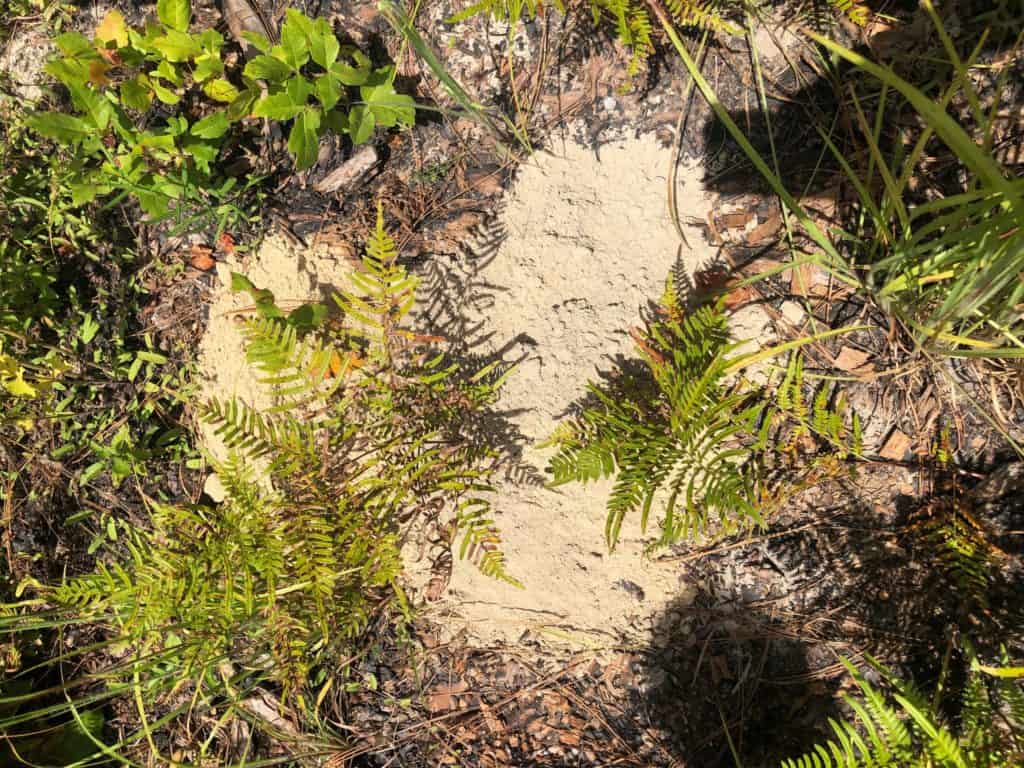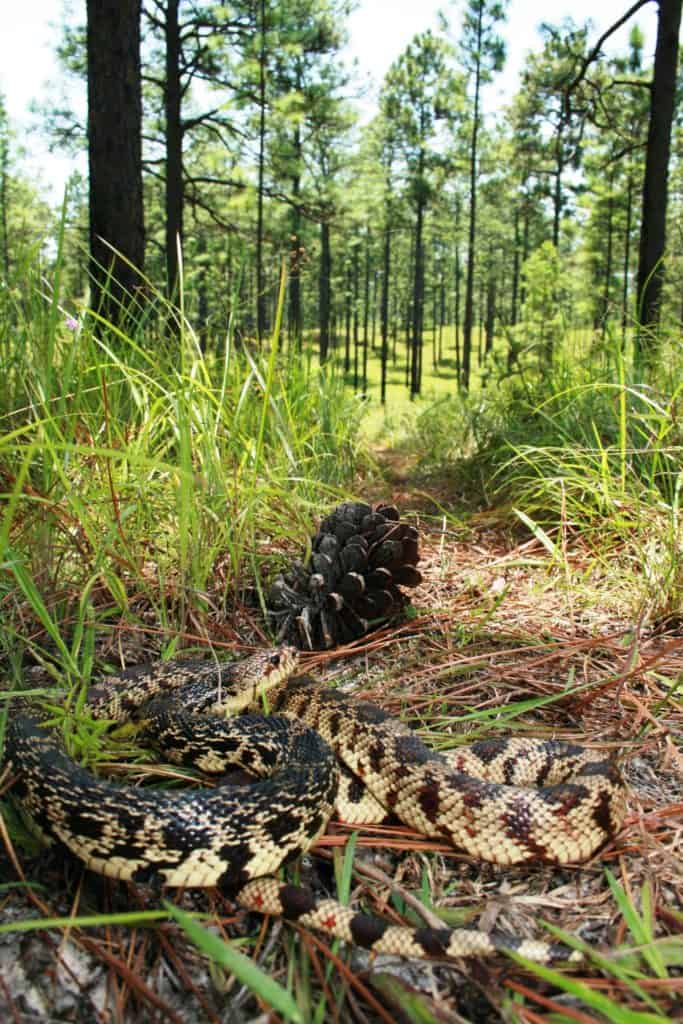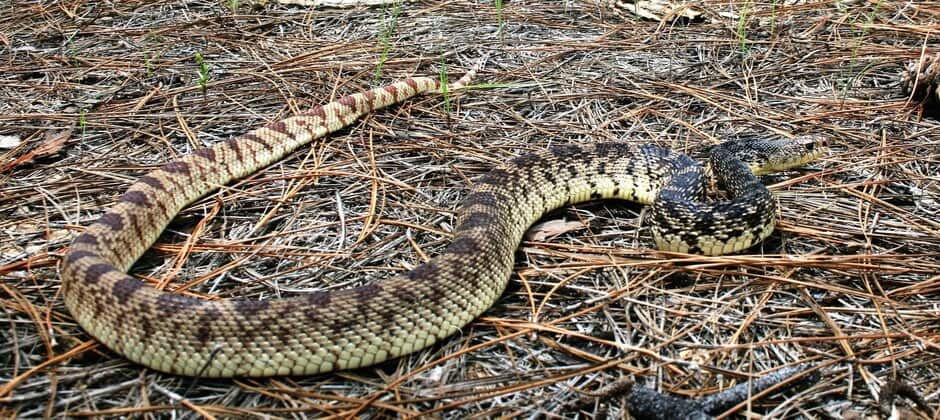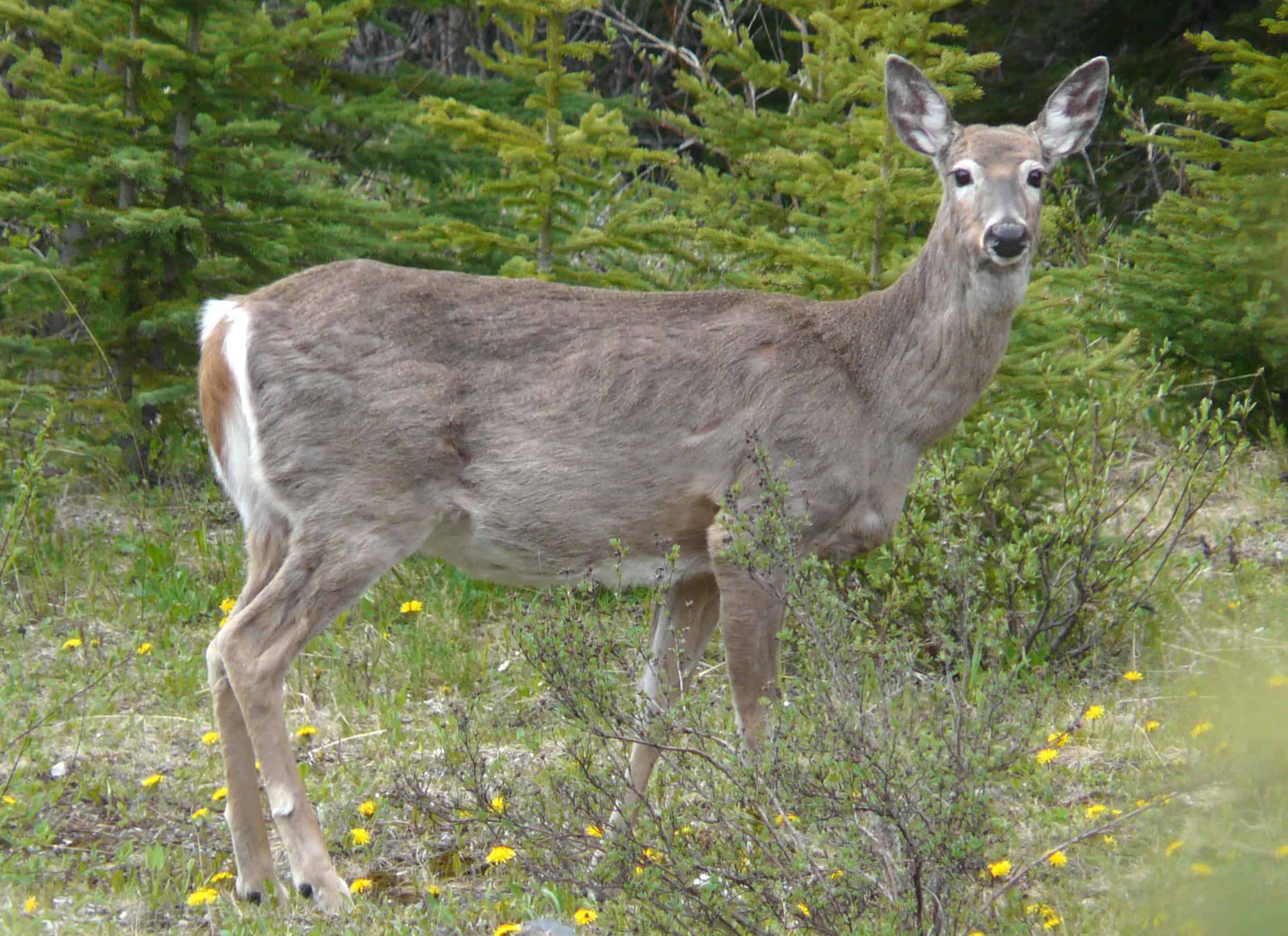Share this article
eDNA can root out hidden Louisiana pinesnakes
The best way to track down a cryptic pinsesnake may be searching for trace DNA left in the soil around its prey.
Louisiana pinesnakes are notoriously hard to find, even for the researchers who study them. The most common way to capture snakes is by trapping them, but it’s not uncommon for researchers to spend thousands of hours a year attempting to track down snakes only to come up with a couple.
“[The snakes] spend vast amounts of their time underground, very rarely coming above ground,” said Mark Davis, a conservation biologist with the Illinois Natural History Survey.
He and his colleagues wanted to see if they could apply environmental DNA methods to track down the trace genetic material snakes leave behind in the soil they’ve passed through. That DNA could be in the form of skin cells, saliva, fecal matter or other tissue.

Researchers tested for snake DNA traces in soil extracted from pocket gopher burrows.
Credit: Mark Davis
To conduct their research, the team went to Fort Polk, a U.S. Army Base in western Louisiana where the Department of Defense was conducting ongoing research on Louisiana pinesnakes (Pituophis ruthveni). Wildlife managers there had recently rereleased snakes that were originally captured for research. Scientists there had also fitted several snakes with radiotelemetry tags and knew precisely where the snakes had been.
Davis and his colleagues took soil samples from areas they knew snakes had passed through, including burrows of their prey, Baird’s pocket gophers (Geomys breviceps). In a study published in Environmental DNA, the team compared DNA from those soil samples to other pinesnake genetic material they’d received from scientists on the Army base to see if they could detect if the snakes had been in these areas.
“Lo and behold, where snakes had been, we were able to detect them,” Davis said. “This thing that had been a bit of a moonshot turned out to work.”
The researchers detected snake DNA in all of the areas where researchers had released snakes and in 60% of places where snakes had been detected through radiotelemetry.
Davis and his colleagues aren’t yet sure how long the DNA remains detectable in the soil, but in this study, “in some cases [DNA was detected] weeks after the snakes had been detected at the location,” Davis said. They are conducting follow-up research using soil samples with snake DNA in them and left for different periods of time to help answer that question.

Louisiana pinesnakes are considered threatened under the federal Endangered Species Act. Credit: Chris Melder
Davis said this work is just a proof of concept. But he and his colleagues are already planning follow-up research to see if they can discover snakes in other areas by taking soil samples of pocket gopher burrows.
The work is already promising for pinesnake management and conservation, since it’s unclear in many areas whether the snakes still exist or whether they have been extirpated.
“In a lot of these cases, these pinesnakes haven’t been seen for quite some time,” Davis said.
Louisiana pinesnakes are listed as threatened under the federal Endangered Species Act, and getting a better idea of where the cryptic reptiles still persist can help wildlife managers focus limited conservation dollars and mitigation efforts.
“It’s an exciting time,” Davis said.
Header Image: Louisiana pinesnakes are usually very cryptic, staying underground for most of their lives. Credit: Chris Melder








